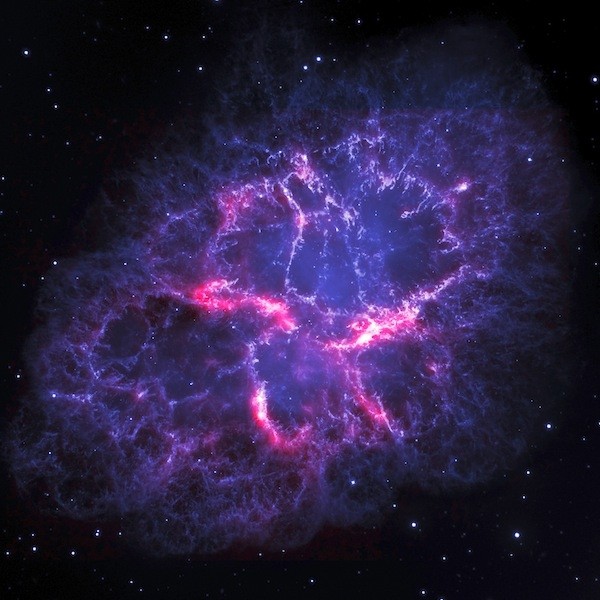Astronomers have discovered that a massive star named Nasty 1 may possibly unravel the secrets of a unique class of stars. NASA's Hubble Telescope captured a glimpse of a "weird" star and the image showed that a cloud of gas three trillion miles wide surrounds it.
The images taked by NASA's Hubble telescope seem to support the cannibalistic theory in stars.Its nickname is derived from its catalog name of NaSt1, according to Sci-News.
“It is certainly similar to other Wolf-Rayet stars, which are identifiable by their lack of an outer hydrogen-rich sheath and exposed superheated helium core, but those have never been observed in the Milky Way with an accretion disc like Nasty 1’s,” said NASA spokesman.
According to the study, Nasty 1 is composed of two stars and one is gobbling down the other. This sloppy stellar cannibalism scenario is perfectly fit for its nickname. Usually, this process is caused by stellar "winds", but the case of Nasty is far more than that; one star eating the other is known as mass-transfer.
The disturbing behavior of Nasty has puzzled experts, who were amazed to watch it committing a form of stellar suicide.
Study lead author Jon Mauerhan of the University of California, Berkeley and other colleagues believe that Wolf-Rayet star buried inside the nebula, and that nebula is being created by this mass-transfer process.
The mass-transfer process results to an impressive looking disc of gas around the binary star, which scientists are not able to view to determine whether or not they are a pair or measures the exact appetite of the fratricidal fireball.
According to the Space, researchers believe that catching binary stars will help future studies to understand the mass-transfer process.



























